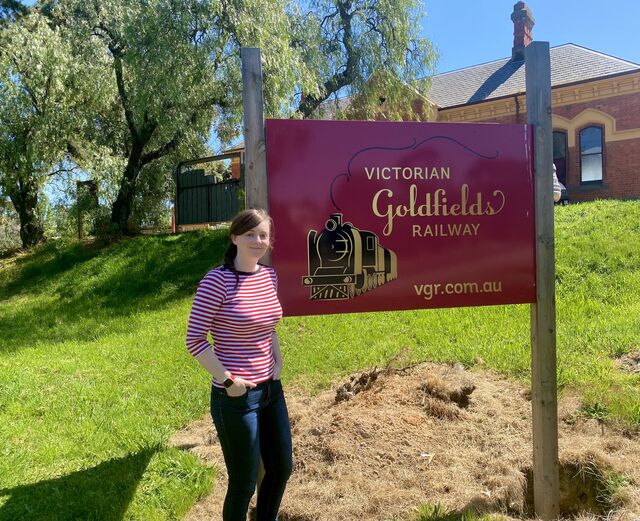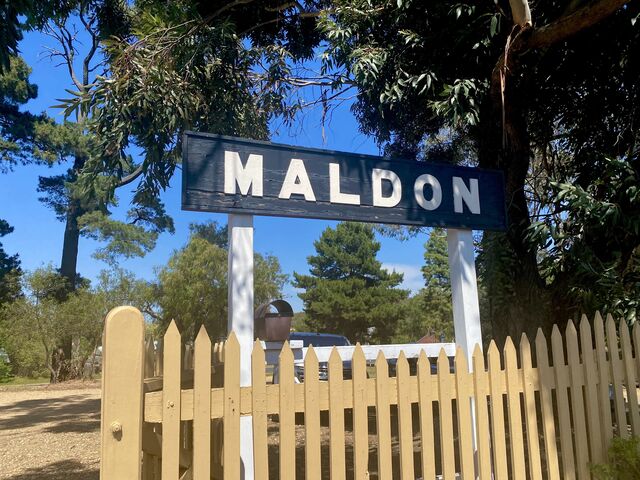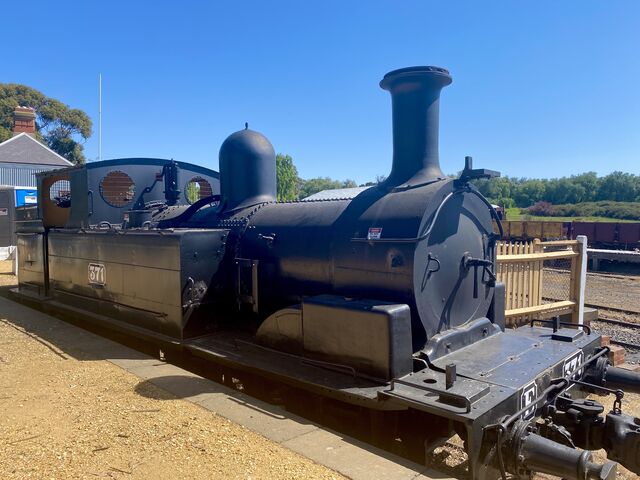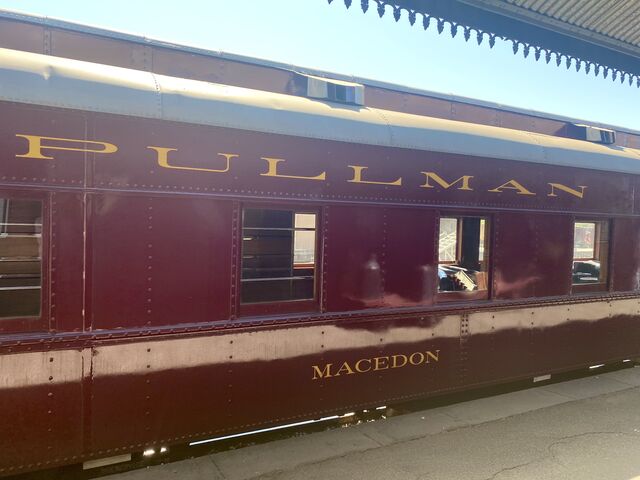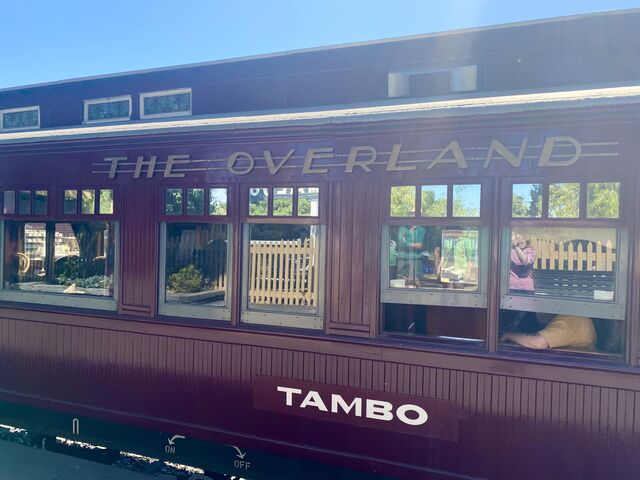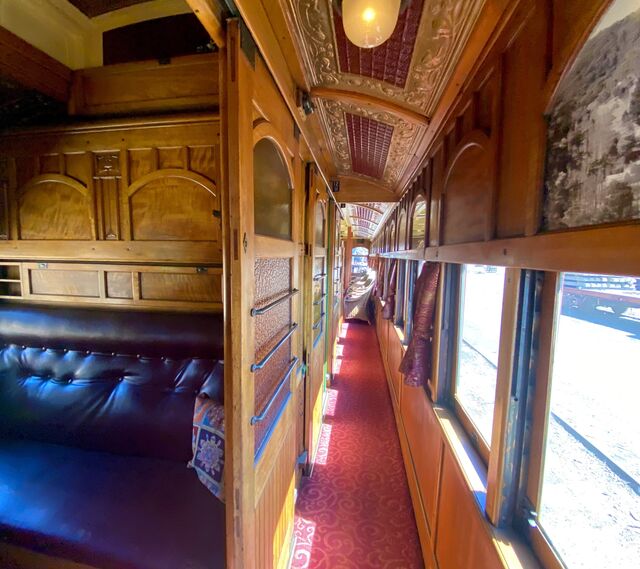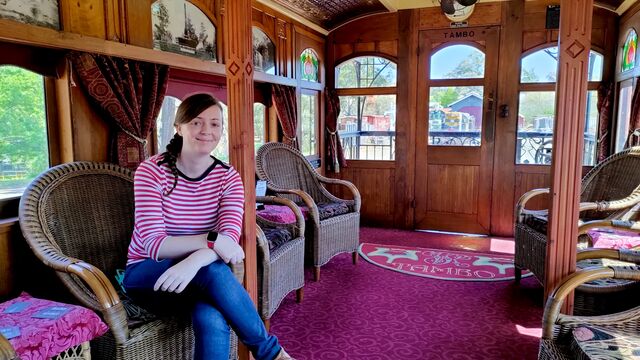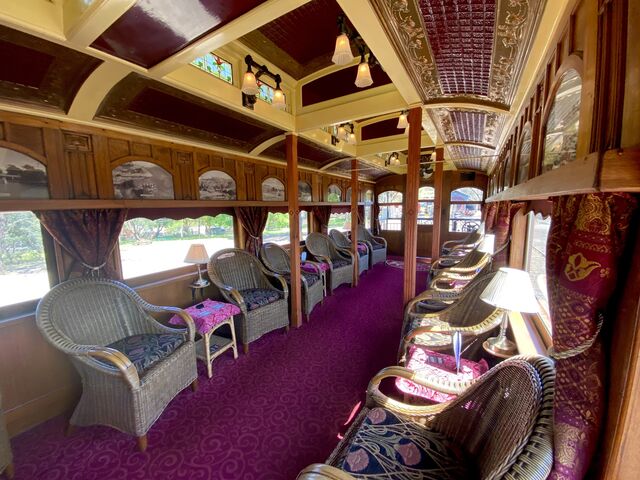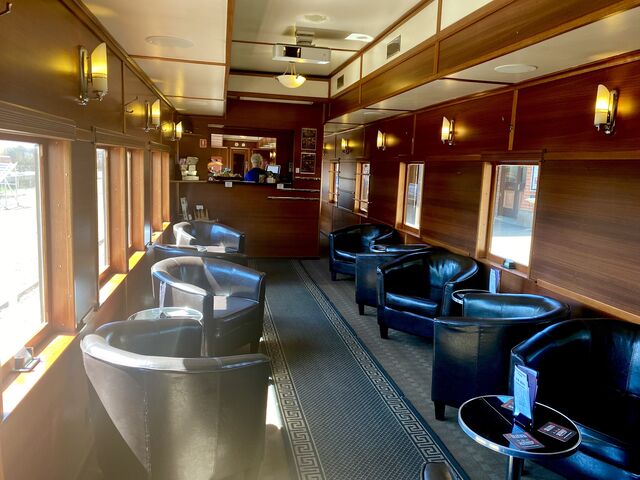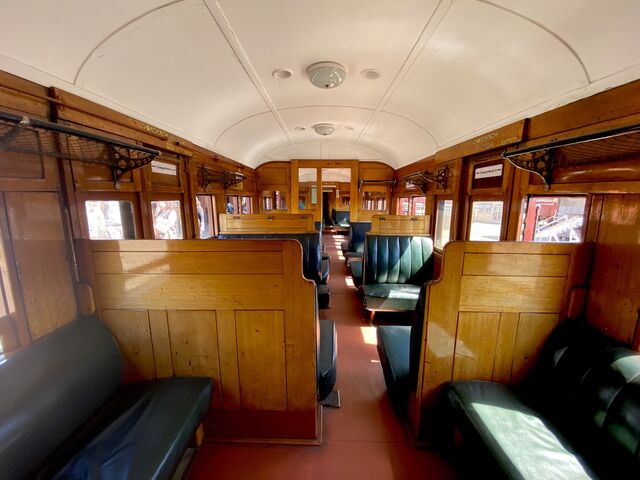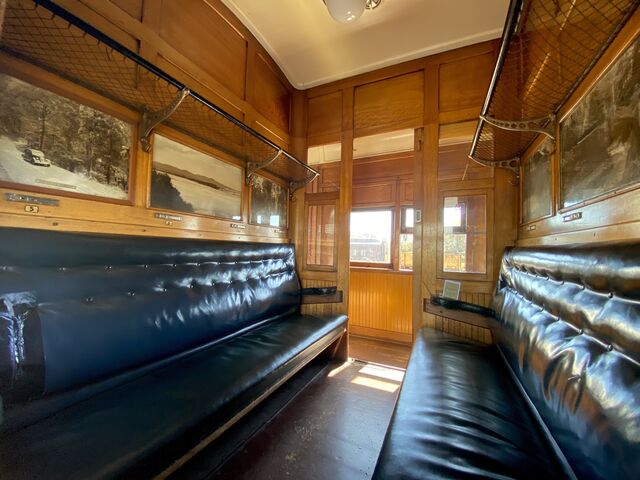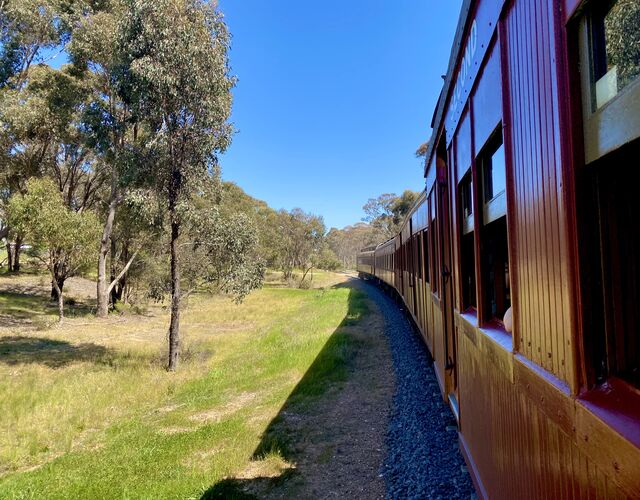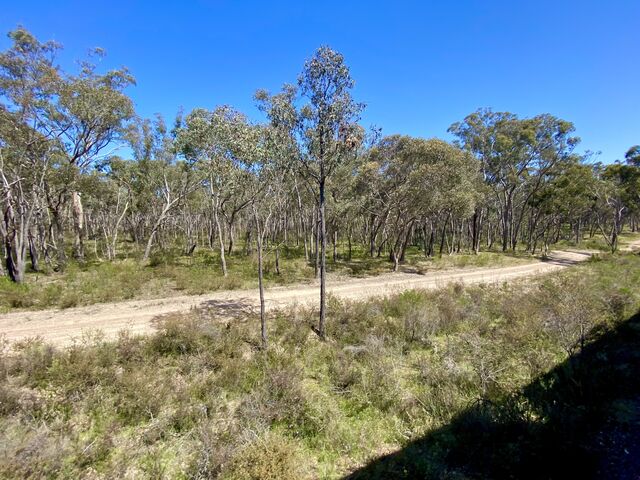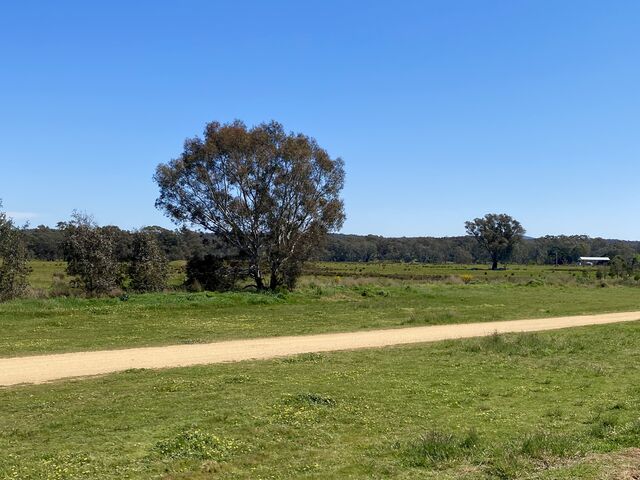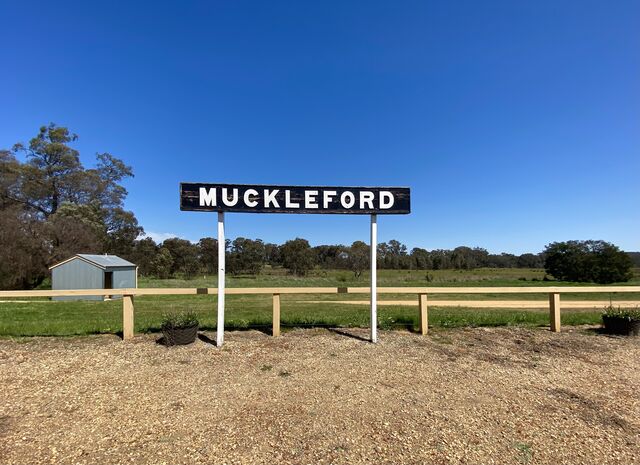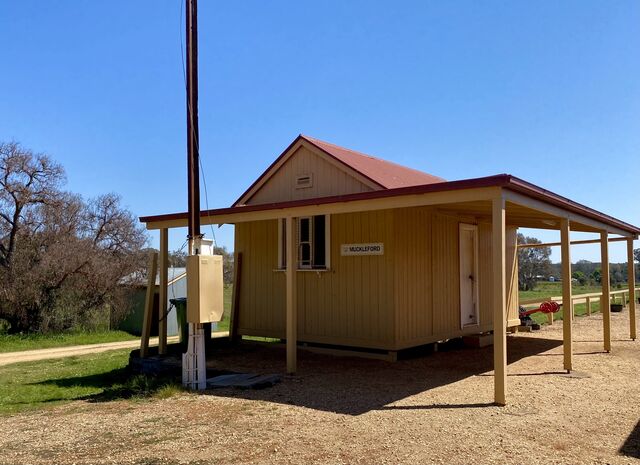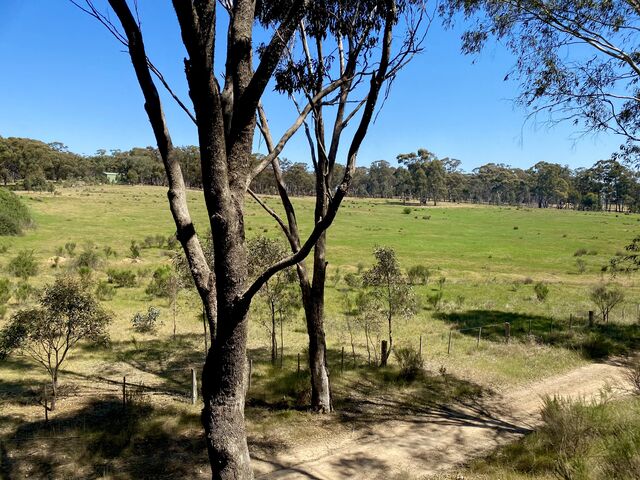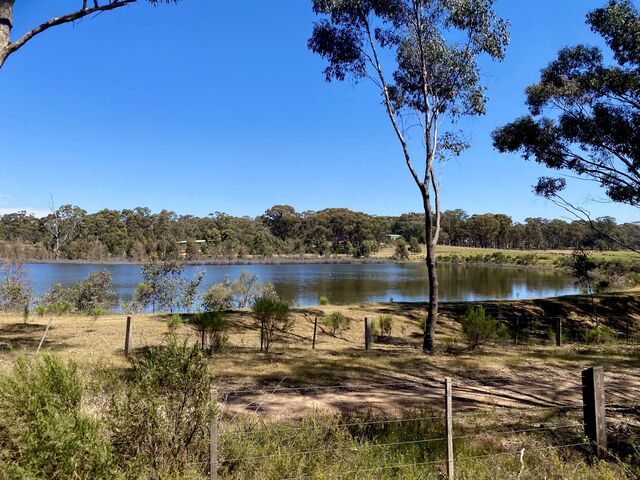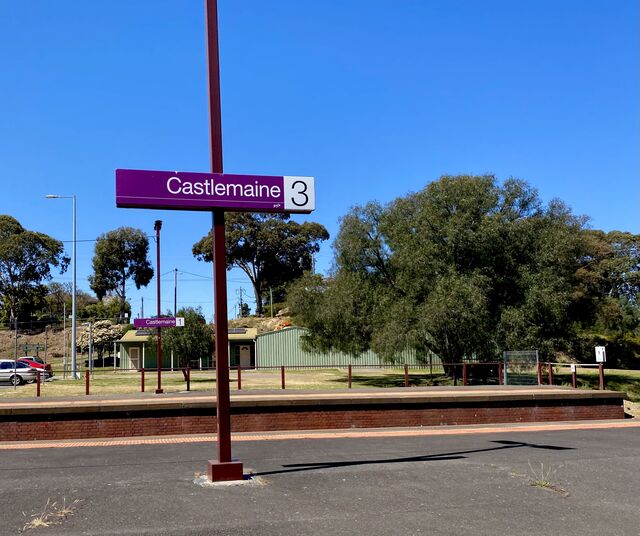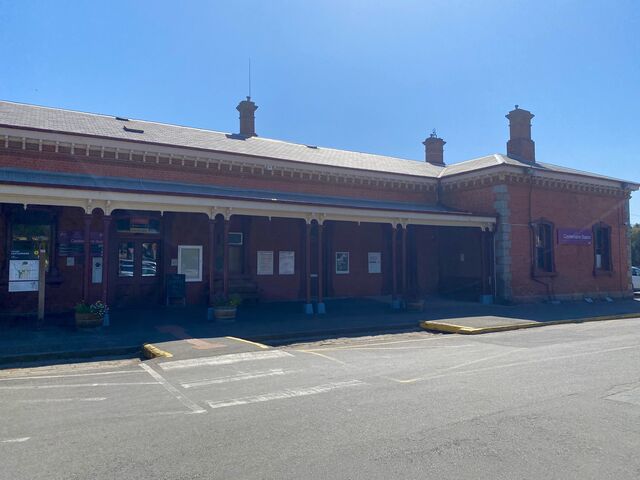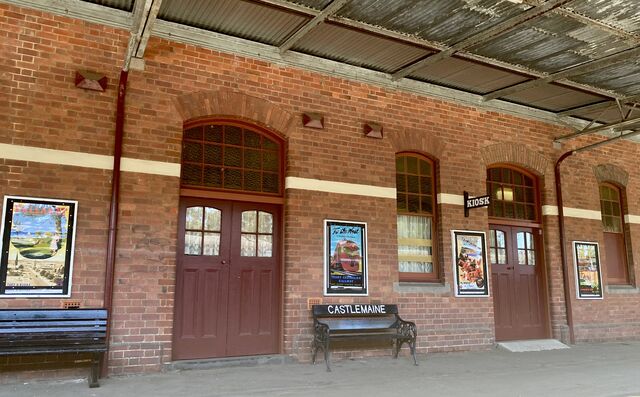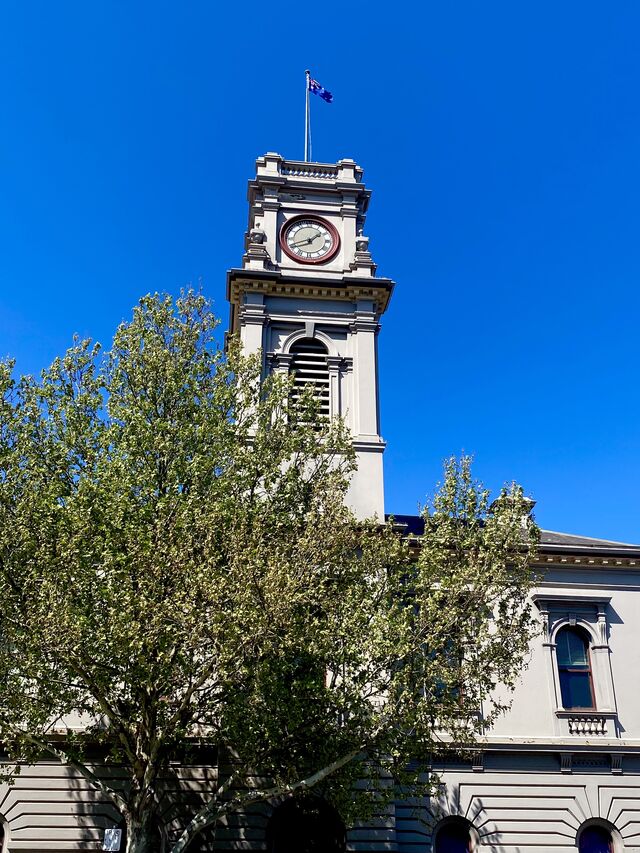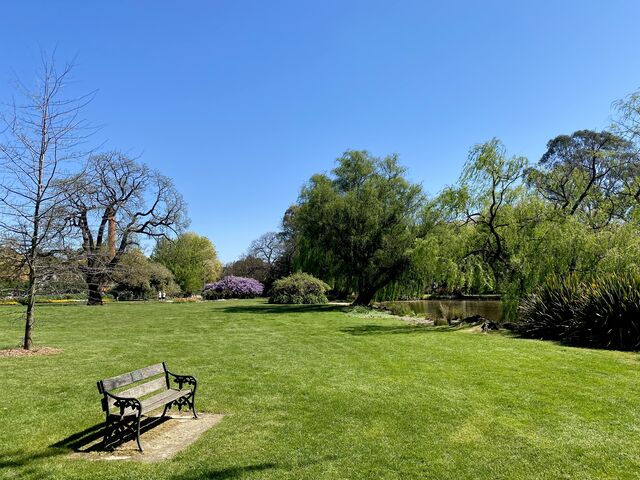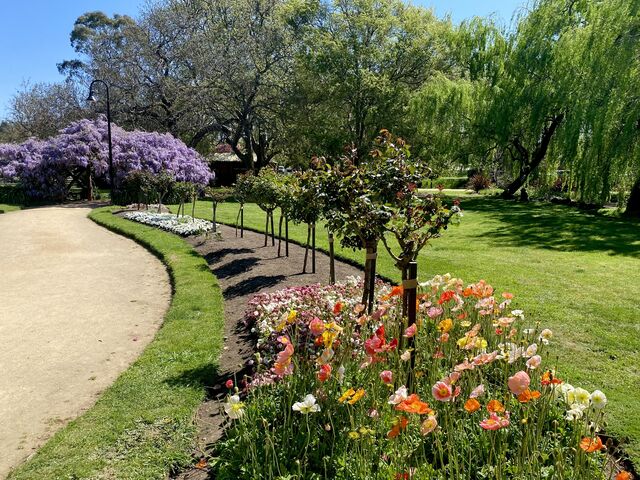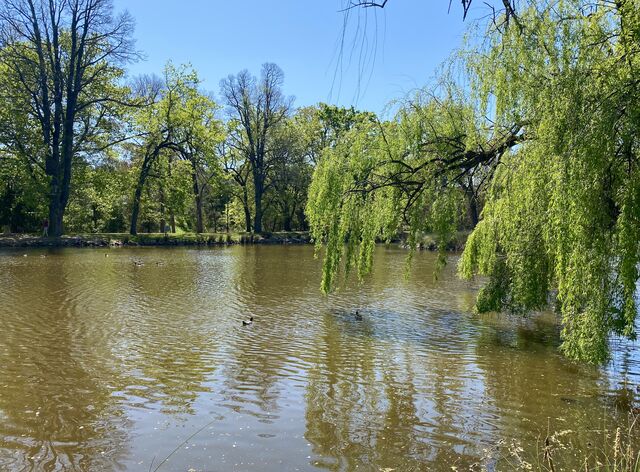The Victorian Goldfields Railway connects the historic gold mining towns of Castlemaine and Maldon in Central Victoria. I travelled on this heritage railway in September 2023. The train took approximately 45 minutes to travel between the two towns.
The original railway line between Castlemaine and Maldon opened in June 1884.1 Both towns had experienced gold rushes in the preceding years, and local residents petitioned the government for a railway. The first train along this route took only 30 minutes to travel between Castlemaine and Maldon2 (which is 15-minutes faster than a journey on the Goldfields Railway today!)
The day that the railway opened was declared a public holiday,3 and among the first ever passengers were local politicians and other dignitaries.4 Excited spectators waved flags and handkerchiefs as the train left Castlemaine and made its way to Maldon.5 A newspaper article from 1884 reported that the platform at Maldon was ‘gaily decorated and there were loud cheers as the train drew up’.6 Passengers were greeted by the Maldon Brass Band and a choir of 200 local school children.7 In the evening, a celebratory ball was held.8
For the first 40 years of the railway’s operation, the line was served by twice-daily trains. This increased to four trains per day in 1924. However, passenger services were cut back at the end of the 1920s, and ceased entirely during World War II. Bushfires resulted in the complete closure of the line in 1976. The Castlemaine and Maldon Railway Preservation Society was founded shortly after, but it was not until 2004 that the line reopened as a tourist railway.9 After a break of 28 years, the reopening of the railway was a celebratory occasion. Local residents lined the tracks and the president of the Victorian Goldfields Railway Society declared that “there’s nowhere else in Australia where you can catch a train from one historic town to another!”10
Nearly 20 years after the reopening of the railway, my travel companion and I arrived at Maldon Station, excited for the journey ahead.
The images below show the interior of the first and second class carriages. While my travel companion and I were seated in second-class, it was easy enough for us to sneak into the first-class carriages and enjoy the beautiful decor before the train departed Maldon Station.
First-class carriages
The elegant ‘Tambo’ carriage was constructed in 1919 and is described as ‘a fine example of Edwardian elegance’.11 It features cosy individual compartments with art nouveau fittings and dècor, in addition to a large lounge area with cane chairs and a viewing platform.
The art deco ‘Macedon’ carriage, from 1928, was constructed by the Pullman company in Chicago.12 It consists of leather club chairs and a bar.
Second-class carriages
While the second-class carriages are less embellished, they still have their own unique charm.
The Journey
Having explored the first-class carriages, we took our seats in second-class, eagerly anticipating the journey to Castlemaine. Our train was hauled by a heritage diesel engine. The train travelled at a leisurely pace, allowing people in the houses adjacent to the tracks to emerge from their homes and wave excitedly at the passing train. A bike path also runs adjacent to the tracks the whole way between Maldon and Castlemaine, and we passed many families enjoying a leisurely weekend ride. Regrettably, the sights en route were not exactly thrilling. The scenery was largely unchanging and consisted almost entirely of farmland and open forests.
About halfway through the journey, the train stopped in Muckleford for approximately 5 minutes. Passengers have the option of disembarking at this station and joining the bike trail for the remainder of the route to Castlemaine.
Castlemaine
Alighting in Castlemaine, my travel companion and I headed straight to the Botanical Gardens where we enjoyed a picnic lunch. The gardens are located about a 20-minute walk from the train station. We then took a walk down the town’s main street, where we passed a number of interesting buildings, including the heritage-listed post office that was constructed in 1874. We had about 90 minutes in Castlemaine before heading back to the train station for our return trip to Maldon.
Overall, a trip on the Victorian Goldfields Railway is a worthwhile experience, even just to marvel at the beautifully restored first-class carriages. For any railway enthusiast, a ride on this historic route is of course always going to be an enthralling experience. It must be said, however, that like many train journeys in Australia, this route does encounter the issue of uninspiring scenery. Opt for a trip on the Goldfields Railway for the overall experience, rather than the views, that it offers.
Victorian Railways, ‘Victorian Railways Timeline’ (Online, 2015) ↩︎
Mount Alexander Mail, ‘Opening of the Maldon Railway Line’ (17 June 1884) 2. ↩︎
The Argus, ‘Opening of the Railway to Maldon’ (17 June 1884) 7. ↩︎
Mount Alexander Mail (n 2). ↩︎
Bendigo Advertiser, ‘Opening of the Maldon Railway’ (17 June 1884) 3. ↩︎
The Argus (n 3). ↩︎
Ibid. ↩︎
Bendigo Advertiser (n 5). ↩︎
Victorian Goldfields Railway, ‘About Us’ (Online, 2023). ↩︎
The Age, ‘Goldfields Railway Trundles into History’ (Online, 20 December 2004). ↩︎
Victorian Goldfields Railway, ‘First Class Travel’ (Online, 2023). ↩︎
Ibid. ↩︎
